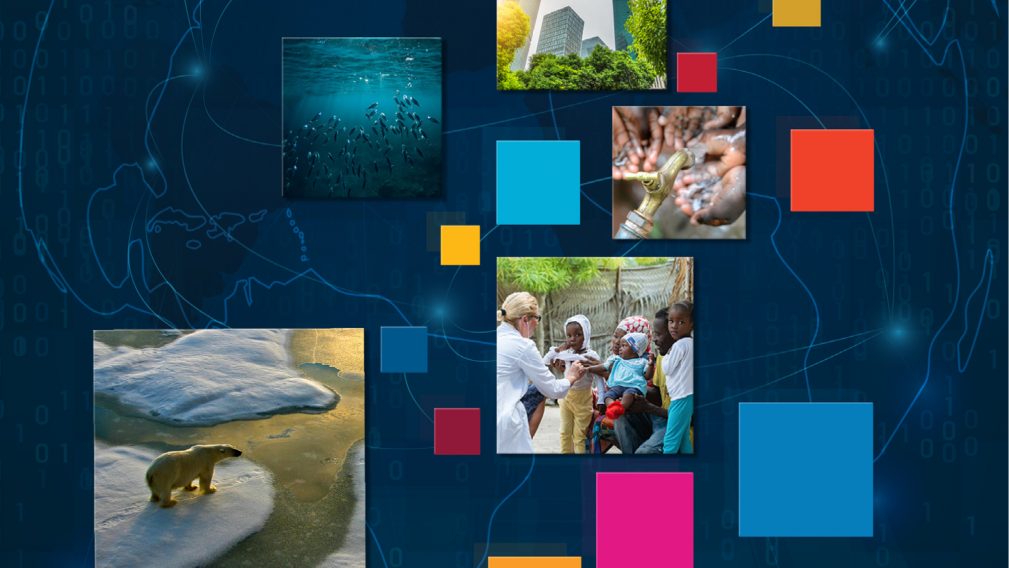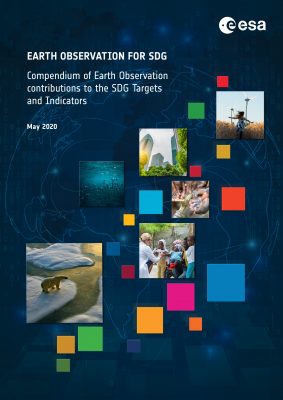The 2030 Agenda for Sustainable Development is a data driven agenda, containing a framework of 17 Sustainable Development Goals (SDGs) and 169 targets, supported by 231 indicators. Data is at the core of the 2030 Agenda. Its success depends on the availability of high quality, timely and universally accessible data.
Satellite observations have the ability to generate data that underpins the monitoring of a number of SDG indicators. With the expanding number of satellites with free and open data policies and global observation scenarios, Earth Observation can be considered as a reliable, systematic and affordable source of data for countries to meet their SDGs. Thanks to the joint efforts of Group on Earth Observations (GEO) and the Committee on Earth Observation Satellites (CEOS), in partnership with the Working Group on Geospatial Information (WGGI) of the Inter-Agency Expert Group on the Sustainable Development Goals Indicators (IAEG-SDGs), it is now widely recognised that satellite data brings significant value to measuring progress toward many SDGs. Guaranteeing the supply of EO data and ensuring capacity to use such data are critical steps that can help countries setting their SDG targets and monitoring progress. There is an urgent need to increase awareness of the importance of Earth Observations for the SDG targets and indicators, and to highlight how these data can be used in the generation of national statistics and in their spatial disaggregation.
The Compendium of EO contributions to the SDG Targets and Indicators has been produced by the ESA-funded EO for SDGs project, in close cooperation with the GEO EO4SDG initiative and the CEOS Ad-Hoc Team on SDGs. The objective of the Compendium was to conduct an in-depth review of the relevance of satellite observations to the SDG Targets and Indicators, and more specifically to analyse how these observations can be embedded in the computational methods of the SDG indicators and be fitted into national statistical systems for monitoring progress on SDGs. It illustrates how satellite observations can directly or indirectly support SDG indicators, and how countries can set and plan their SDG targets using EO-based support tools.
The contribution of EO to the SDG indicators was reviewed based on literature review and expert consultation. A “traffic light” system was applied across the SDG indicator suite to flag EO relevance according to eight criteria describing the readiness and adequacy of EO to the indicator methodology.
The Compendium underlines the important contribution that satellite observations can make to the SDG global indicator framework of Agenda 2030. It shows that up to 34 SDG indicators can be either directly (17 indicators) or indirectly (17 indicators) informed with space-based EO data across 29 targets and 11 goals.
The growing number and diversity of satellite EO missions provide unprecedented insights into national scale environmental changes and are changing the way countries can assess trends and track progress on sustainable development, both at local and national scales. ESA has joined efforts with GEO, CEOS and the United Nations to facilitate the uptake of EO technology in SDG monitoring, raising the level of technical knowledge within countries and offering equitable data access to all countries, leaving no one behind.


